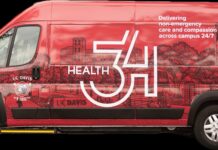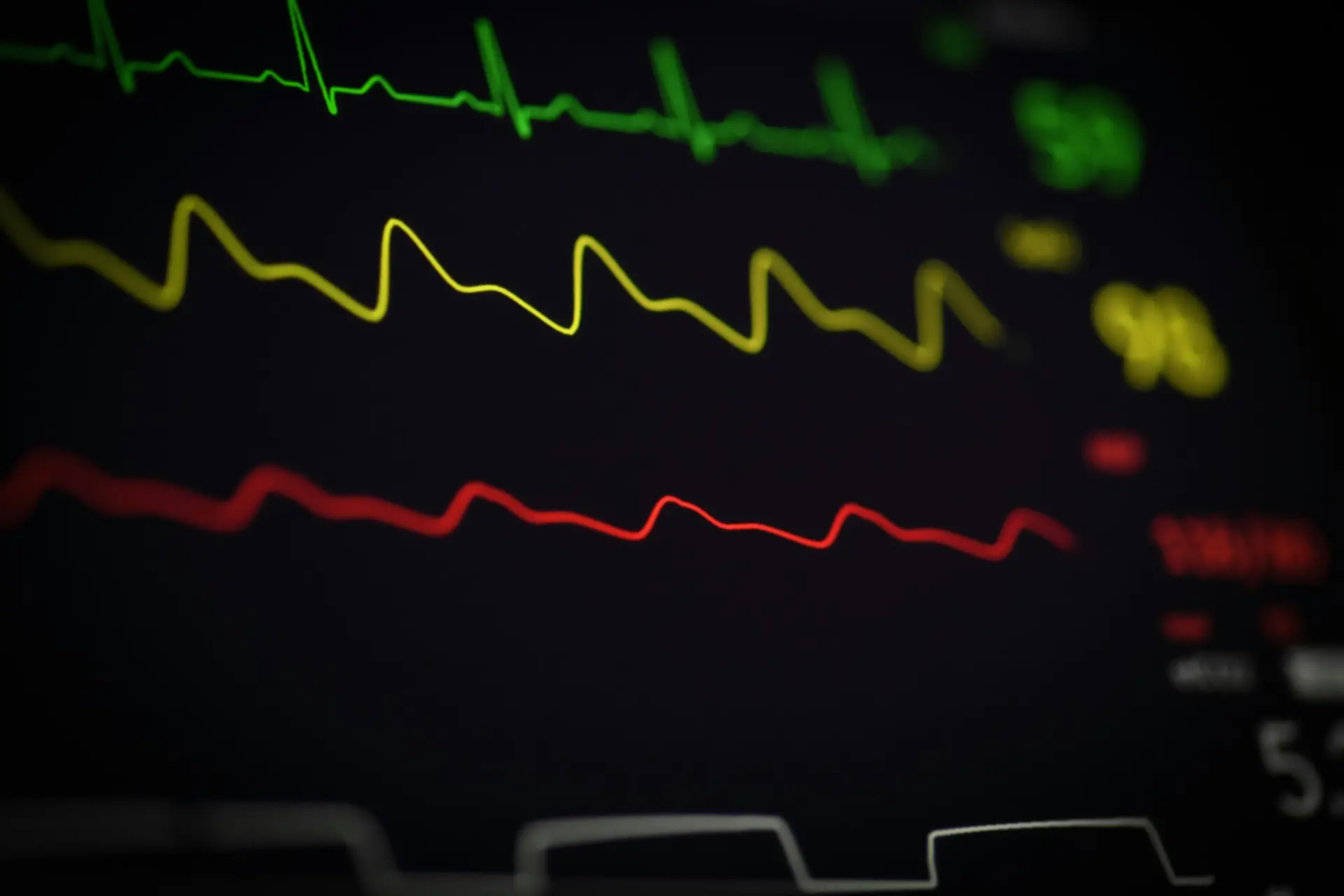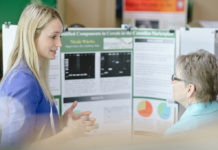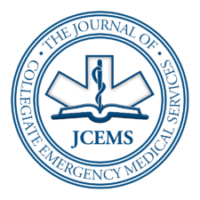Poster Presentation Abstract
Introduction: Tulane Emergency Medical Services (Tulane EMS) is a student-staffed, basic life support (BLS), transporting EMS agency that provides 24/7, free-of-charge service to students, staff, and non-affiliates. We sought to identify the cost savings to Tulane students of activating Tulane EMS by estimating what patients would be charged if New Orleans EMS, the municipal advanced life support (ALS) service that would otherwise respond to on-campus calls, were activated instead. Tulane EMS provides free ground transport to local hospitals for students, staff, and non-affiliates.
Methods: Between August and December 2018, Tulane EMS responded to 325 activations. After excluding all cancellations and ALS transfers, a sample size of 267 was achieved. Per Tulane EMS protocol, a billing itemization form is completed after transfer of care to the emergency department, capturing baseline maintenance fees, applied interventions, equipment use, and transportation decision with a per-mile rate. Alcohol- or substance- related calls were identified on the form. To estimate what New Orleans EMS would bill for comparable service, itemized, line-item billing charges were obtained from a New Orleans EMS representative. To estimate what insured-patients would be charged, Tulane Student Health Insurance (T-SHIP) plan was utilized as the minimum coverage requirement for all students per university policy. Per T-SHIP, ambulance transports are out-of-network services which require meeting a $500 deductible and 90% of remaining charges deemed to be “Usual and Customary” are covered; however, any alcohol- or substance-related transports are not covered. “Usual and Customary” charges were approximated as the total estimated amount that would be billed by New Orleans EMS. Using IBM® SPSS® Statistics Version 25, hypothetical charges for each call if New Orleans EMS were to provide the recorded services were calculated via summation code, adding all accrued charges over the course of each call.
Results: Over the study period, 33.1% of Tulane EMS activations were alcohol- or substance related. On average, the estimated, hypothetical charge to a student if New Orleans EMS were to respond is $1328.43 (SD=$370.78, Range=$130.00-2219.00). Per T-SHIP, this charge is the estimated cost to a student if the call was alcohol- or substance-related. If the chief complaint was otherwise, the estimated cost to a student who had not yet met their deductible would be, on average, $582.84.
Discussion/Conclusions: Based on our findings, the presence of Tulane EMS may alleviate a significant financial burden from its patients. Several limitations of this study must be acknowledged. Data on patient demographics – including insurance coverage – were not collected, precluding accounting for insurance variability. In addition, billed charges may not always match what an insurance company deems to be “Usual and Customary.” Lastly, New Orleans EMS has a larger scope of practice as an ALS agency and may apply different interventions. Notwithstanding these limitations, quantifying the financial impact of a collegiate EMS agency may be useful to demonstrate the organization’s value to university administrators.








